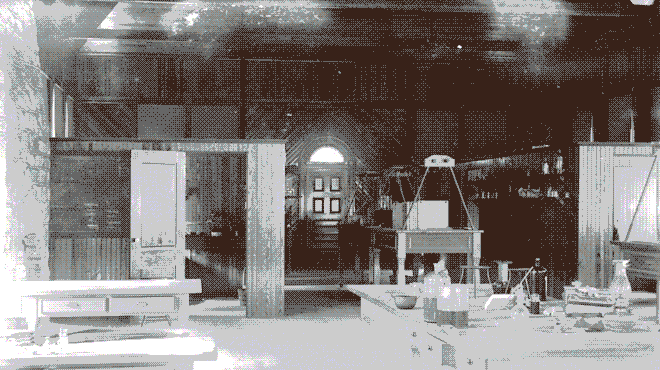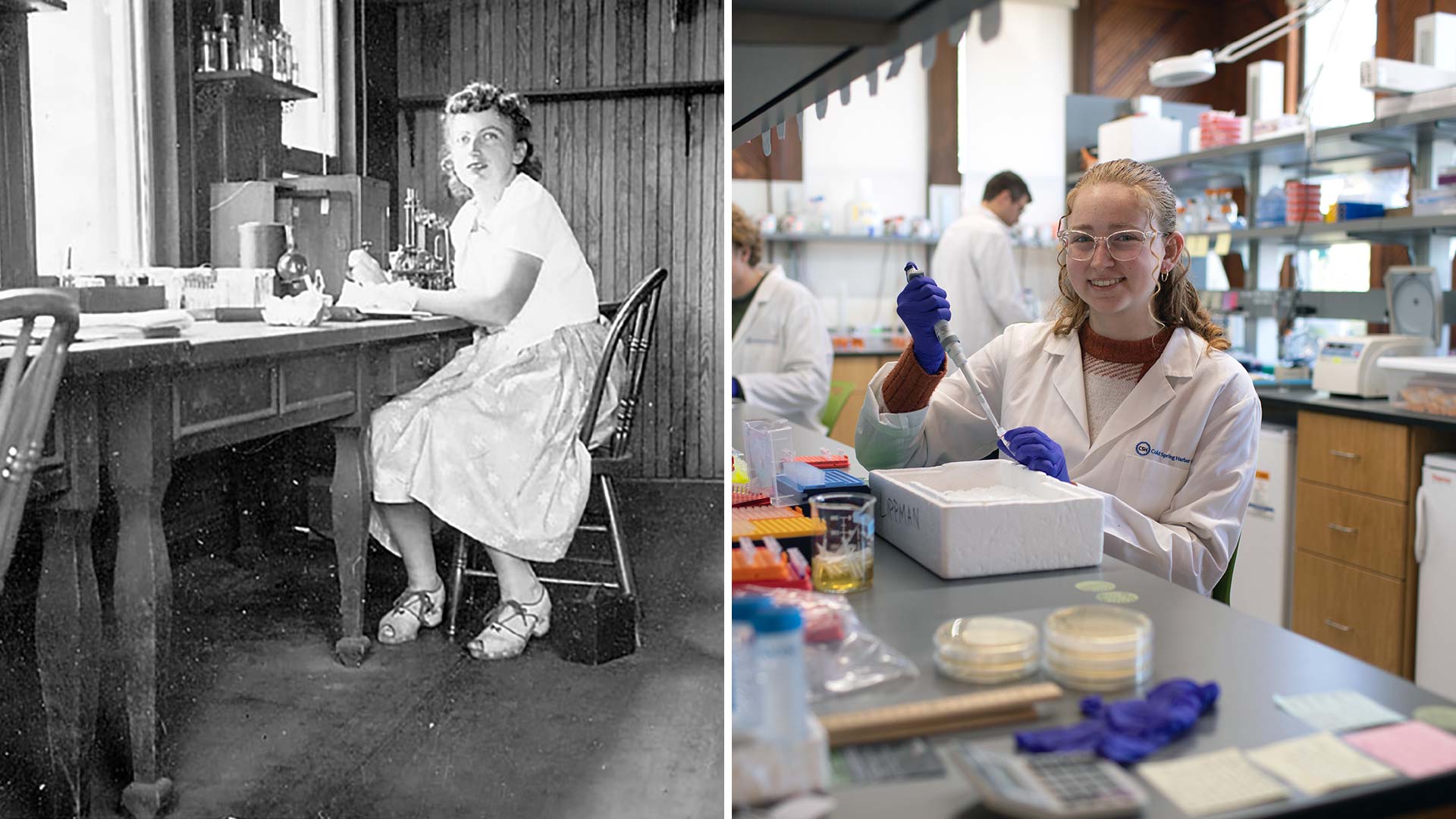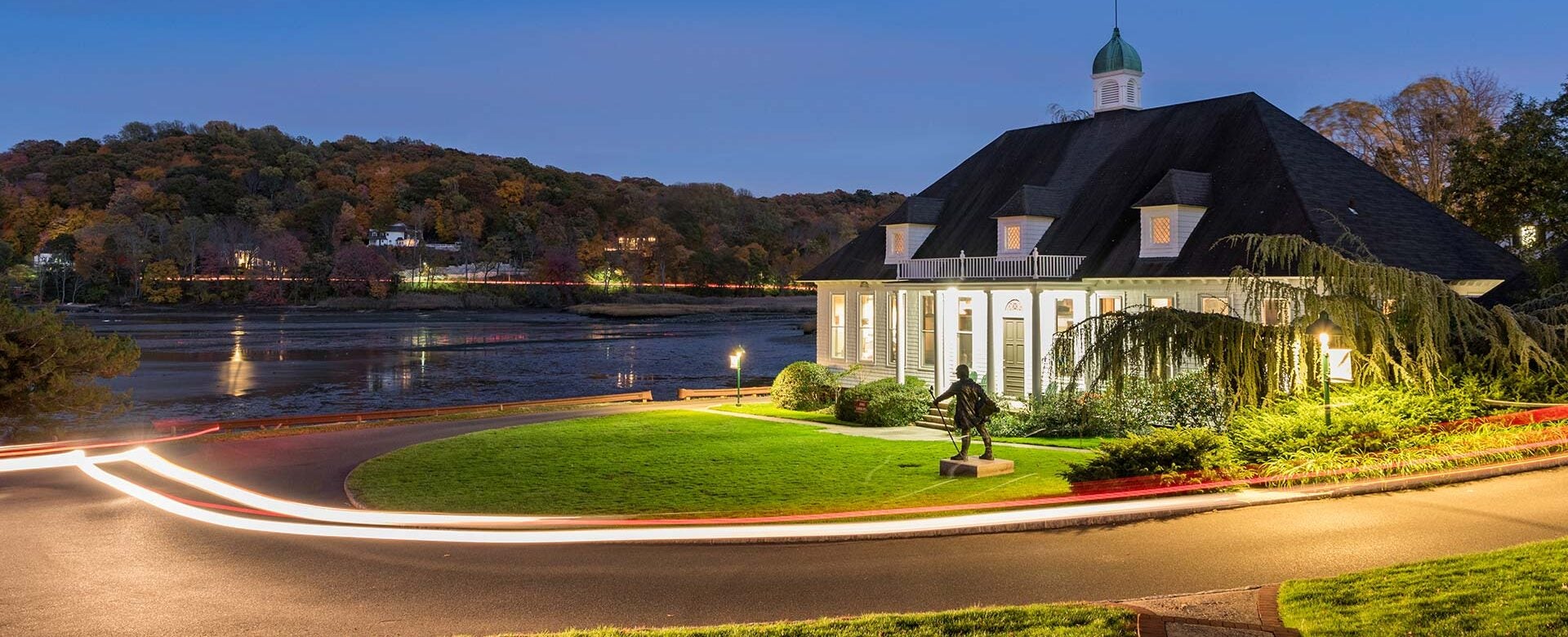Over 130 years ago, John D. Jones donated land formerly occupied by his family’s whaling company to the Brooklyn Institute of Arts and Sciences. In 1890, the Institute founded the Biological Laboratory at Cold Spring Harbor (a CSHL forerunner) along the harbor’s western shore. Jones Laboratory—named for the man who made it all possible—was built three years later as the centerpiece of this expansion effort.
Jones has been open ever since. Today, it’s the United States’ oldest laboratory still in continuous use. A National Historic Landmark, the humble one-and-a-half-story building looks much the same as it did in the early days of CSHL—on the outside, at least.

In its first decades, the building hosted some of CSHL’s earliest courses on marine biology and genetics. By the mid-1970s, it had been remodeled to accommodate the lab of CSHL’s first neurobiology researcher, Birgit Zipser. Now, the venerable lab houses CSHL Professor & HHMI Investigator Zachary Lippman’s groundbreaking plant genetics research.
“We work in probably the coolest laboratory building in the country,” Lippman says.
In the 1890s, Jones contained several research stations, the Biological Laboratory director’s office, and a small library. The interior was completely redesigned in 1975. Gone were the rustic wooden benches and dividers. In their place stood space-age aluminum cubicles. Each was a self-contained neurobiology lab on a vibration-resistant foundation. Forty years later, CSHL renovated Jones again with a little help from the Lippman lab. The shiny metal pods were scrapped. The building now has an open floor plan reminiscent of Jones’ original 19th-century design.
We work in probably the coolest laboratory building in the country.”
CSHL Professor & HHMI Investigator Zachary Lippman
Since his first day there, Lippman has made sure to honor the building’s long history of biological research. His lab has also made significant contributions of its own to Jones’ legacy. These include new insights into tomato evolution and genetic blueprints for two types of groundcherry.
“When we moved into Jones, Zach had pictures of the laboratory’s original staff printed and framed,” Lippman Lab Manager Gina Robitaille says. “These images serve as a nice reminder that science has been happening in this building for over 130 years. It is incredible to think about all the people who were in this building before us. We’re happy and fortunate to have been a part of the renovation process, for how well it turned out, and to have the opportunity to work here.”

